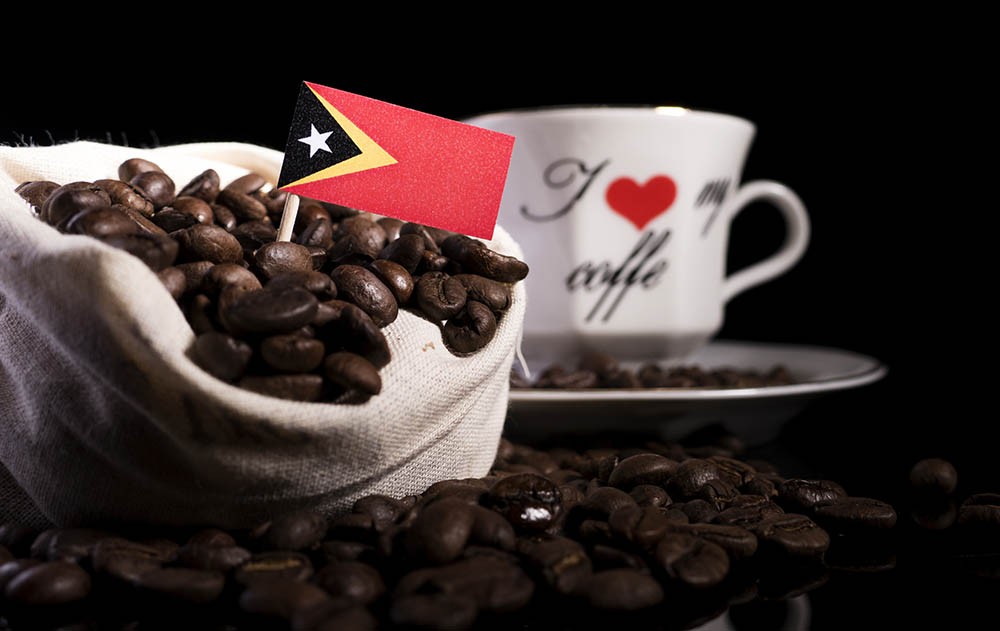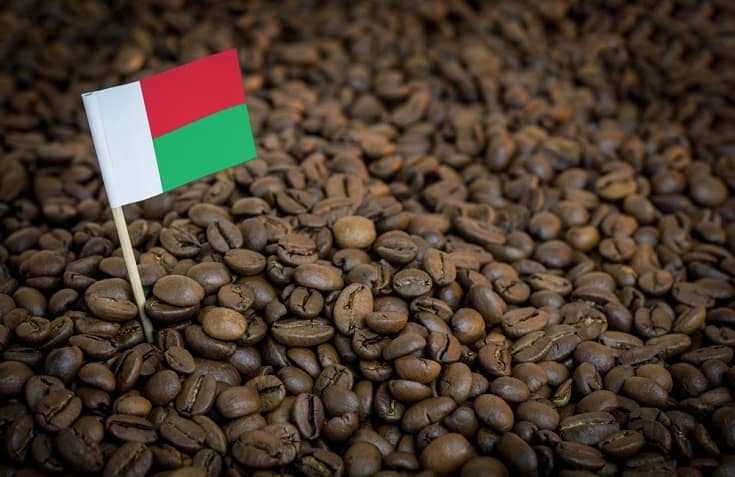
Every once in a while, we like to give the spotlight to some lesser-known coffee-producing countries, and Timor certainly fits the bill. While Timor doesn’t elicit the same reaction in coffee circles as the big names like Colombia and Ethiopia, we hope that by the end of this article, you’ll see Timor coffee as a respectable member of the global coffee family more than capable of holding its own.
In this article, we’ll introduce you to Timor coffee, covering everything from the historical roots to the flavor profile. We hope you find this guide informative and enlightening and that you’ll be encouraged to give Timor coffee a shot by the end.

Timor Coffee Overview
Timor — Timor Leste, more officially — managed to crack the list of top 50 coffee-producing countries in 2019 but only reached number 39. However, given the country’s small size and population, being on the top 50 list at all is an impressive feat. Coffee is Timor’s primary export and makes up roughly 25% of the country’s total exports by dollar amount.
Since coffee is the number one exported commodity in Timor, it is unsurprising that the coffee industry is one of the largest sectors of their economy. An estimated 25% of Timor’s population is supported by the coffee industry, either directly as a farmer or indirectly as part of the supporting export network. By household, the percentage of Timorese involved in coffee production is even higher, around 30%,
Sitting as the 39th largest coffee-producing country puts Timor’s total coffee output at a minuscule 0.2% of the total global production. However, many coffee experts — most notably Alf Kramer — contend that Timor coffee is in the top 1% of coffee worldwide in terms of quality and price. Such a discrepancy between total output and quality is unusual and has led to increasing interest in Timor coffee over the past few decades.

History
Coffee was introduced in Timor by the Portuguese colonists who arrived in the early 1800s. Up until 1975, East Timor was a Portuguese colony, and the Portuguese controlled the coffee industry. Subsequently, Timor became a part of Indonesia, and the Timorese and their coffee production were subject to Indonesian control. Only recently, at the end of the 20th century, did Timor break free from Indonesian control and obtain complete control over their coffee industry.
https://www.instagram.com/p/CO5qIUHBkVl/
Now operated by native Timorese, the coffee industry directly supports a significant fraction of the population. Timor has been one of the countries assisted by global organizations such as the Asian Development Bank and World Bank as part of their program to empower coffee-producing countries that were previously under another country’s control. Freedom from a colonizer is a huge achievement for any country, but gaining traction without the support and infrastructure of a larger country can be challenging. Thankfully, Timor’s coffee industry has begun to thrive and is projected to flourish in the next five to ten years.
Geography & Climate
Timor is located in the Asian Pacific, sandwiched between Indonesia to the north and Australia to the south. Climate plays a significant role in determining coffee’s characteristics, and the nearly identical climate shared between Indonesia and Timor makes the two country’s coffee similar. Timor coffee is known for being sweet and chocolatey, with Earthy tasting notes and low acidity.
The Coffee
Notably, Timor coffee is typically grown without chemicals and pesticides, allowing the Timorese to call their coffee organic and mean it. Using the organic label has boosted Timor Coffee’s reputation in the eyes of coffee drinkers worldwide as more people seek out organic alternatives to replace their chemical-laden food and beverages.
Timor coffee further separates itself from similar origins by being a fully washed coffee. The overwhelming majority of coffee from Timor is washed, making it an outlier from a region where wet processing is still the most popular coffee processing method. Washed coffee is sought after by specialty coffee enthusiasts since it is a better representation of the bean’s intrinsic flavors rather than a result of the inconsistent fermentation that wet-processed coffees endure.
https://www.instagram.com/p/CCp8mvLhx5Q/
Despite being washed, Timor coffee is exceptionally cheap compared to more well-known origins. Washed coffee from established powerhouses like Indonesia, Colombia, and Ethiopia can easily cost twice as much as similar coffee from Timor. Prices of Timor coffee have been rising in recent years, but it still remains one of the most affordable origins for specialty coffee.
If you want to try Timor coffee, we recommend pairing it with an immersion-style brewing method. The natural flavors found in Timor beans make it well-suited to brewing in a French press or Kalita Wave. We also like using Timor coffee in batches of cold brew. If you prefer another brew method, you can, of course, use it to brew Timor coffee.

Conclusion
Despite producing coffee for over 200 years, Timor’s specialty coffee presence is still in its nascent stages. As the global demand for high-quality specialty coffee grows, smaller coffee producers like Timor have become more prevalent as people realize quantity and quality don’t necessarily go hand-in-hand. If you like Indonesian coffee and other Earthy, malty origins, you owe it to yourself and the hard work of the Timorese to give Timor coffee a try.
RELATED READS:
- Himalayan Coffee: A Complete Guide
- Bolivia Coffee: History, Flavors, & Brewing Tips
- Honduran Coffee History, Tasting Notes & More
Featured Image Credit: Golden Brown, Shutterstock
Table of Contents
















